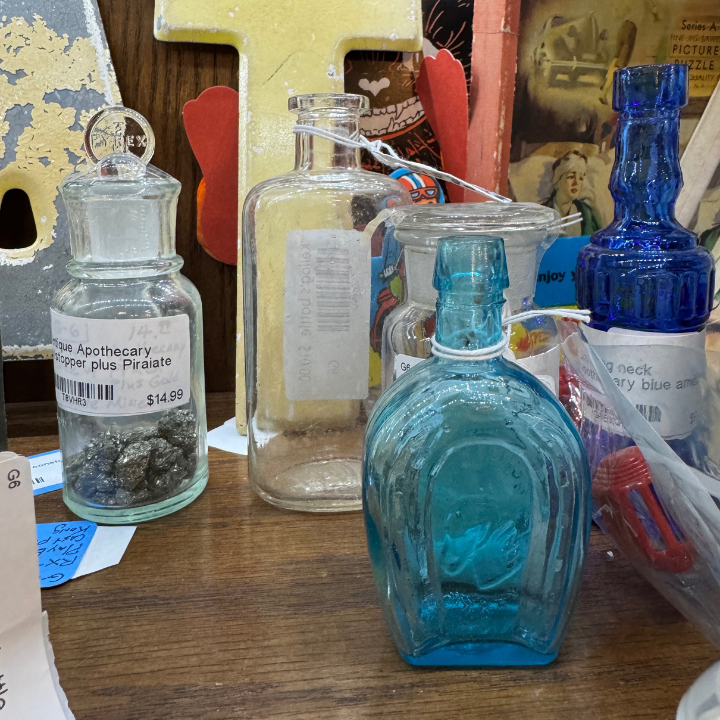News
-
-
,
-
Channing Gardner
The Timeless Elegance of Antique Crystal and Cut Glass
Antique crystal and cut glass have been cherished for centuries, offering brilliant craftsmanship and timeless elegance. 🍷✨ From Victorian goblets to Art Deco decanters, these treasures make stunning collectibles and decor pieces. Learn about history, identification, and styling tips for vintage glassware!
Read article -
-
-
,
-
Channing Gardner
The World of Antique Desk Accessories: Elegance, Function, and Collectibility
Antique desk accessories bring timeless elegance to any workspace. From Victorian brass inkwells to Art Deco letter openers, these beautiful collectibles tell a story of craftsmanship and sophistication. Whether you're a collector or simply love vintage decor, discover how these historic writing tools can enhance your desk.
Read article -
-
-
,
-
Channing Gardner
The Fascinating History of Apothecary Jars & Vintage Medicine Bottles
Antique apothecary jars and vintage medicine bottles offer a fascinating glimpse into the history of early medicine. 🏺💊 From hand-painted ceramic pharmacy jars to cobalt blue glass poison bottles, these artifacts are now prized collectibles and charming decor pieces. Learn about their origins, styles, and how to use them in modern interiors!
Read article -
-
-
,
-
Channing Gardner
Dressing in Elegance: The Enduring Charm of Antique Vanity Sets
Antique vanity sets are a glimpse into the glamour of the past. 🪞💄 From ornate silver hand mirrors to delicate perfume bottles, these elegant treasures have graced dressing tables for centuries. Whether you're a collector or a vintage decor lover, discover the history, beauty, and timeless charm of antique vanity sets.
Read article -
-
-
,
-
Channing Gardner
The Elegance of Italian Capodimonte Lamps: History, Styles, and Collectibility
Capodimonte lamps are more than just lighting—they’re Italian masterpieces. 🏺✨ With hand-painted porcelain, delicate floral details, and gilded accents, these lamps have been a symbol of luxury and craftsmanship since the 18th century. Whether you love ornate Rococo designs, floral elegance, or mid-century Italian charm, Capodimonte lamps bring timeless beauty to any space.
Read article -








